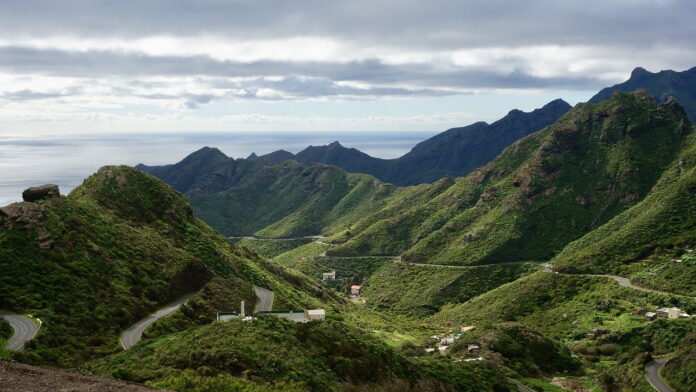The article delves into the intriguing odyssey of Saharan dust, which while crafting spectacular sunsets and posing air quality dangers, travels from the Sahara Desert to European shores. The narrative uncovers the trajectory of this dust, the atmospheric dynamics involved, and its repercussions on both the natural world and public health.
Originating in the expansive, parched stretches of the Sahara, potent winds raise clouds of sand and dust into the sky. These minute particles ascend into the higher reaches of the atmosphere, where they embark on a transcontinental voyage, propelled by prevailing winds. This process, often referred to as Calima or Kalima, plays a crucial role in global weather systems, influencing climate, air purity, and health concerns.
Meteorological Underpinnings
Saharan dust storms arise when shifting air masses disturb the desert’s surface. Intense solar heating leads to a turbulent lower atmosphere, where air close to the ground becomes warmer and drier, while the air above cools and gathers moisture. The desert’s loose, fine soil is easily swept up by vigorous winds, including the Harmattan or trade winds. These winds can launch vast quantities of dust skyward, forming massive, dense clouds that may travel several thousand kilometers, sometimes ascending to 6,000 meters above ground.
As the dust is hoisted, it can travel eastward, sometimes becoming trapped above a marine inversion layer over the Atlantic. Such conditions enable the dust to journey far, reaching locales such as the Canary Islands and even Europe.
Environmental and Health Implications
Saharan dust brings a spectrum of consequences. It beautifies the twilight sky yet simultaneously triggers respiratory ailments. When outdoor dust levels surge, those with existing respiratory issues are advised to don protective masks. The dust can also disrupt daily life and public services by curtailing visibility, leading to the suspension of transportation and other activities.
In January 2024, an extraordinary Saharan dust plume traversed the Atlantic Ocean, eventually veering towards Europe. This cloud caused hazy skies and deteriorating air quality across various regions, including Cabo Verde and the Canary Islands. The dust storm emerged on January 24, expanding westward before shifting northward due to southerly winds. By January 25, the dense cloud had enveloped the Cabo Verde archipelago, prompting Canary Island authorities to caution residents about the potential health risks and reduced visibility. As the situation worsened on January 26, locals were advised to stay indoors. The cloud proceeded to Europe, with forecasts predicting its passage across the U.K. and into northwest Europe.
Saharan Dust Seasonality
Saharan dust events are not confined to a specific season and can occur year-round, with their impact varying with the seasons. During late spring to early fall, the Saharan Air Layer transports dust aloft across the Atlantic, affecting tropical cyclone development. In the winter and spring months, however, the dust tends to remain closer to the Earth’s surface and is carried by northeast trade winds.
The Saharan dust journey is a testament to the complex interplay within our planet’s weather systems. While it can enhance natural beauty and soil fertility, it also poses challenges for air quality and health, influencing everyday life and essential services. Continued research into these phenomena enhances our preparedness and ability to mitigate their effects.
